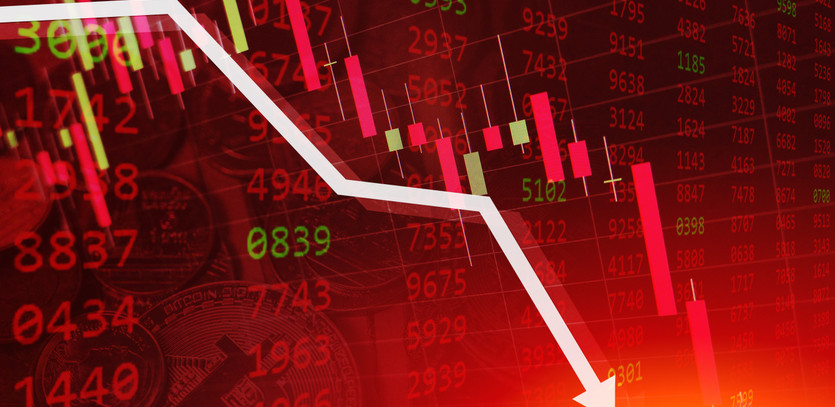Introduction: The Anatomy of a Financial Crisis
A financial crisis is a tumultuous event marked by a significant drop in asset values, difficulties in paying debts for businesses and consumers, and a shortage of liquidity within financial institutions. Often linked with bank runs and panic, a financial crisis has many faces, including stock market crashes, sovereign defaults, and currency crises. This phenomenon can be localized to one nation or financial sector or spread across regions and even globally.
Key Concepts of Financial Crises
Understanding the Phenomenon
- Banking Panics: Rooted in the financial crises throughout the 19th, 20th, and 21st centuries, often leading to economic recessions or depressions.
- Various Forms: Stock market crashes, credit crunches, financial bubble bursts, sovereign defaults, and currency crises are all manifestations of financial crises.
- Global Reach: Though a financial crisis might start within a single country or financial service segment, it has the potential to spread regionally or globally.
The Underlying Causes of a Financial Crisis
A financial crisis is typically triggered when institutions or assets become overvalued. It may be fueled by irrational investor behavior and various other factors such as:
- Irrational Behavior: A rapid sequence of sell-offs, resulting in plummeting asset prices, may lead to large savings withdrawals during rumored bank failures.
- Contributing Factors: Systemic failures, unanticipated human behavior, excessive risk-taking, regulatory inadequacies, or contagions that spread problems across institutions or countries.
- Inevitability and Escalation: Even with preventive measures, a crisis may occur, intensify, or worsen, leading to recession or depression.
Historic Examples of Financial Crises
A glance at some renowned financial crises through history provides insights into their diverse nature and significant impact:
- Tulip Mania (1637): A debated example, potentially affected by the bubonic plague.
- Credit Crisis of 1772: Started in London, it spread through Europe and contributed to the American Revolution.
- Stock Crash of 1929: Led to the Great Depression and had enduring social effects.
- 1973 OPEC Oil Crisis: Triggered a stock market crash and led to a bear market.
- Asian Crisis of 1997–1998: Caused devaluations and a significant rise in debt-to-GDP ratios.
- The 2007-2008 Global Financial Crisis: The worst economic disaster since 1929, with lasting global impact.
- COVID19 Pandemic: A global crash that had rapid recovery but left lingering uncertainties.
Deep Dive: The 2008 Global Financial Crisis
Root Causes
- Loosened Lending Standards: From the 1970s onward, policies encouraged a subprime mortgage market, feeding a housing bubble.
- Complex Financial Instruments: Investment banks created risky collateralized debt obligations (CDOs), masking underlying risks.
- Failures and Spread: Toxic debt led to investment failures, resulting in a contagion that threatened major banks.
Government Response
- Rescue Measures: Lowering interest rates, buying back debt, and bailing out struggling institutions.
- Market Rebound: Stimulus ignited the stock market, resulting in a significant recovery in the economy and the job market.
New Regulations
- Dodd-Frank Act: Introduced comprehensive changes, including increased oversight, regulatory consolidation, systemic risk monitoring, investor protections, and measures to handle failed financial institutions.
Reflection on the 2020 Financial Crisis
The COVID19 pandemic in 2020 wreaked havoc on global markets, leading to sharp declines in stock indexes. Central banks and governments acted quickly with fiscal and monetary policies to stabilize the situation. The initial crash rebounded, but the long-term economic effects remain uncertain, with lingering struggles in various industries and nations.
Conclusion: Financial Crises Unveiled
A financial crisis is a multifaceted event with different forms and causes. These crises can occur through various stages, from the onset to a full breakdown of the financial system. Recent examples like the 2008 Global Financial Crisis showcase the intricate interplay of factors leading to such events and the substantial measures required to address them. Understanding these dynamics is essential in navigating the complexities of modern financial landscapes.





